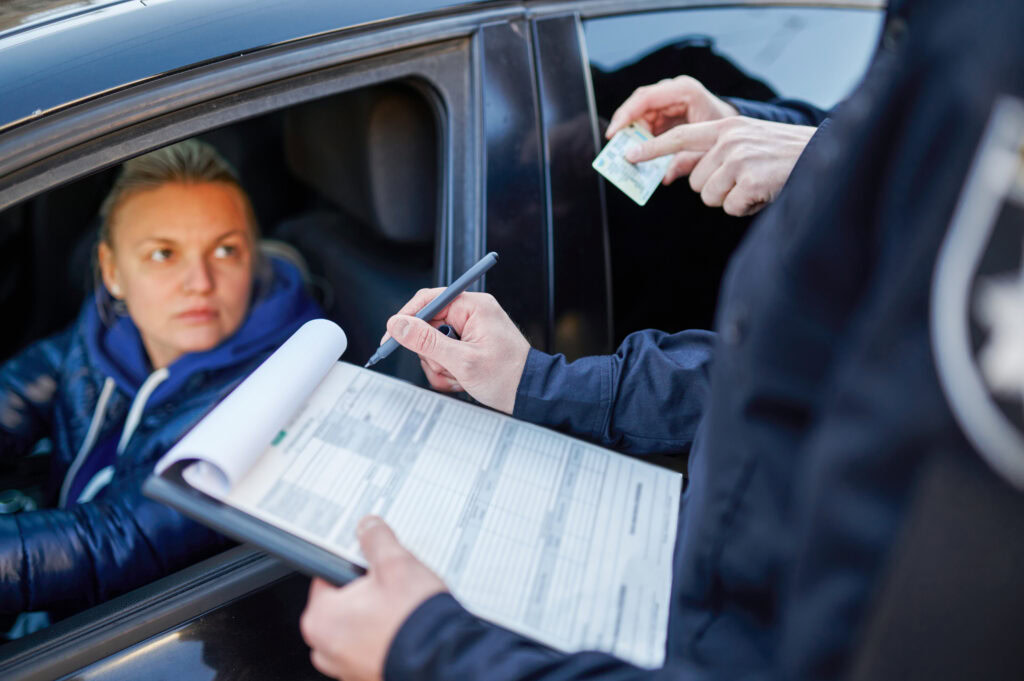If you’ve ever gotten a ticket in California, you might’ve heard something about “points” on your license. These aren’t rewards, and they definitely aren’t something you want to collect. The California DMV point system is used to track driving behavior, and too many points in a short time can lead to license suspension, higher insurance rates, or worse.
Let’s break it down clearly: what these points mean, how they’re assigned, and most importantly, how to check points on license CA and possibly remove them.
What Is the California DMV Point System?
The California DMV point system is part of the Negligent Operator Treatment System (NOTS). It’s how the DMV monitors risky drivers and takes action when someone racks up too many violations.
Here’s how it works:
- You receive points on your driving record for traffic infractions, accidents, and criminal violations like DUIs.
- If you accumulate 4 points in 12 months, 6 in 24 months, or 8 in 36 months, the DMV can suspend or revoke your license.
- Points also affect car insurance premiums, and your record can be reviewed by employers if you drive for work.
In short, points are serious business, and keeping your record clean is worth the effort.
Common CA DMV Point Violations
Not all violations are treated equally. California assigns either 1 or 2 points per incident, depending on the severity.
Here’s a quick breakdown:
One-Point Violations:
- Speeding over the limit (not excessive)
- Failure to yield
- Running a stop sign or red light
- Unsafe lane changes
- At-fault accidents (yes, even if no one was injured)
Points for an at-fault accident in California:
If you’re found to be more than 50% at fault in a collision and it results in over $1,000 in damage or any injury, you’ll typically get 1 point on your license.
Two-Point Violations:
- DUI (Driving Under the Influence)
- Reckless driving
- Driving on a suspended or revoked license
- Hit and run
- Speeding over 100 mph
Points for a DUI in California:
A DUI conviction will add 2 points to your driving record. Those stay longer than most violations, and insurance companies often treat them as red flags for years.
If you’re a commercial driver, penalties are often stricter. Points may be doubled, and certain violations can disqualify you from driving professionally.
How to Check Points on License California
Wondering how to check points on license ? There are three ways to do it: online, in person, or by mail. Each method is simple but varies in speed and convenience.
1. Online Through the DMV Website
- Go to the California DMV website.
- Create or log into your account.
- Pay a $2 fee (plus a small processing charge).
- Download and view your driver record instantly.
This is the fastest way to check, and it works 24/7 as long as your information is up to date.
2. In Person at a DMV Office
- Fill out a Request for Your Own Driver Record (INF 1125) form.
- Bring valid ID and $5 (cash, check, or card).
- Wait for the clerk to print your official record.
This method is good if you need a certified copy for employment or legal purposes.
3. By Mail
- Print and complete the INF 1125 form.
- Mail it with your $5 check or money order to the DMV headquarters in Sacramento.
- Wait 2–4 weeks for your record to arrive.
This route takes longer but is helpful if you’re not in a rush and don’t want to deal with logins or waiting in line.
Whichever method you choose, to check points on your license, is the first step in managing your record.
How Long Does a Point Stay on Your Record?
Not all points last the same amount of time. It depends on what you did.
Here’s the general rule:
- 1-point violations (like minor speeding or failure to yield):
Stay on your record for 3 years from the violation date. - 2-point violations (like DUIs, reckless driving):
Stay on your record for 10 years. - At-fault accidents: Stay for 3 years in most cases.
- Commercial violations or more serious offenses may have extended timelines or stricter consequences.
It’s also worth noting that the DMV doesn’t forget. Even if you move to another state, your CA record can follow you through national databases.
How to Remove Points from a Driving Record in California
If you’ve already got a point or two, there are a few ways to potentially reduce the damage.
1. Traffic School
This is the most common route for eligible drivers. If you receive a ticket for a minor violation, you may be able to:
- Attend court-approved traffic school.
- Pay your ticket plus a fee for school eligibility.
- After completion, the point will be hidden from your public record (but not removed entirely).
Important:
You can only do this once every 18 months, and it doesn’t apply to serious violations like DUIs or speeding over 100 mph.
2. Time
If you avoid getting more violations, most points will drop off automatically after the standard time period (3 or 10 years, depending on the violation).
3. Correct DMV Errors
Sometimes, mistakes happen. If a point was wrongly added due to a clerical issue or you were found not guilty in court, you can:
- Request a correction through the DMV.
- Provide court documentation showing the dismissal or correction.
4. Legal Help
If you’re facing a license suspension due to too many points, a traffic attorney may be able to help you:
- Challenge points in court.
- Request a Negligent Operator Hearing with the DMV.
- Possibly get points reduced or removed, depending on circumstances.
Final Thoughts
The California DMV point system can be intimidating at first, but it’s manageable once you know how it works. Whether you’ve recently gotten a ticket or you’re just doing a check-up on your record, it’s smart to learn how to check points on your license in California before they start causing problems with your insurance or job.
If you’re unsure whether you’re eligible for traffic school or facing more serious consequences, don’t guess. Check your record, understand your status, and get help if you need it.
Staying informed means staying in control.










